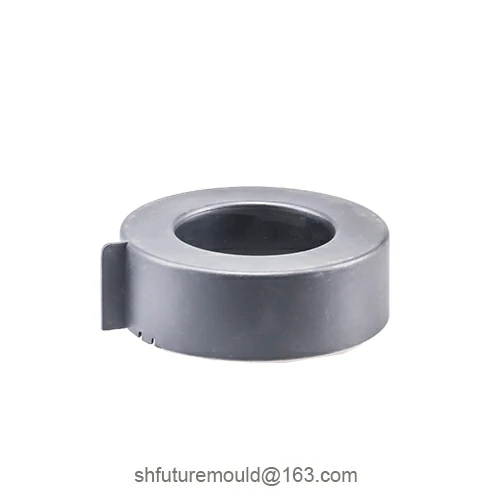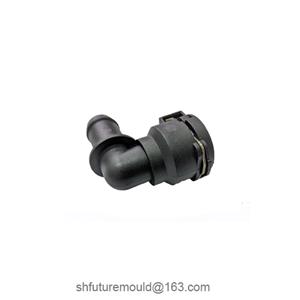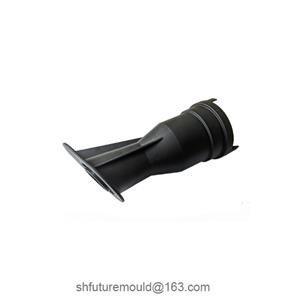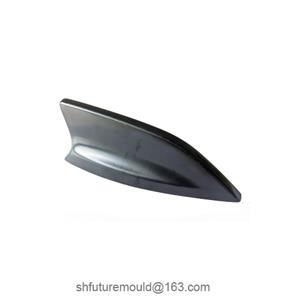Common Cooling Methods for Injection Molds
Various cooling methods are employed in injection molding to ensure product quality and enhance production efficiency.
1. Direct Cooling
Principle: The cooling medium (usually water) directly contacts the mold surface to absorb heat.
Characteristics: Rapid cooling, suitable for molds with large surface areas.
2. Indirect Cooling
Principle: The cooling medium flows through internal cooling channels within the mold, carrying away heat.
Characteristics: Even cooling, suitable for molds with complex shapes.
3. Auxiliary Cooling
Gas Cooling: Compressed air or nitrogen is used to cool the mold, often applied to thin-walled or easily deformable parts.
Vacuum Cooling: By creating a vacuum within the cavity, heat transfer is accelerated.
Design Principles of Cooling Systems
Cooling Channel Design: Cooling channels should be evenly distributed to ensure adequate flow of the cooling medium.
Selection of Cooling Medium: The cooling medium should be chosen based on mold material, product characteristics, and production environment.
Temperature Control: Temperature control devices should be used to precisely regulate the temperature of the cooling medium.
Cooling Time Control: The cooling time should be set appropriately based on product characteristics to avoid overcooling or overheating.
Factors Affecting Cooling Efficiency
Mold Material: The thermal conductivity of the mold material significantly impacts cooling efficiency.
Temperature and Flow Rate of Cooling Medium: Lower temperatures and higher flow rates of the cooling medium enhance cooling efficiency.
Cooling Channel Design: The shape, size, and distribution of cooling channels directly affect cooling efficiency.
Product Shape and Wall Thickness: The shape and wall thickness of the product influences the rate of heat transfer.
- Injection Mold
- Automotive Injection Mold
- Electronics & Electrical Injection Mold
- Consumer Goods Injection Mold
- Airplane Components Injection Mold
- Medical Components Injection Mold
- Irrigation Components Injection Mold
- Injection Molds




